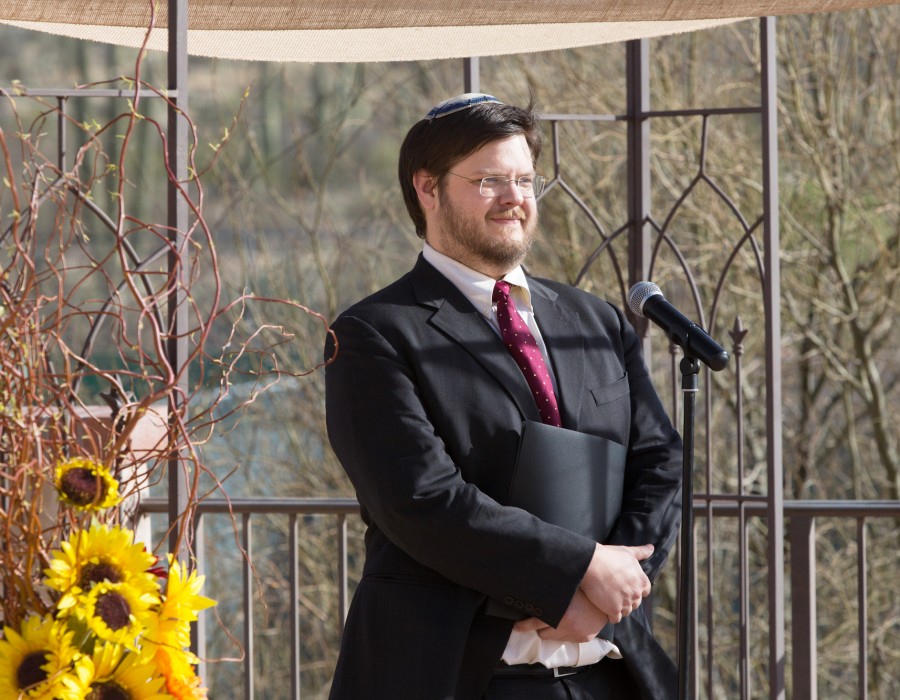My friends, for over twenty-five years I have been involved in pastoral counseling with congregants. I have heard almost every problem under the sun, but in all these years, no one has ever come to me and said, “Rabbi, I’m too happy. How can I be less so?”
No one aspires to sadness. But if we all want to be happy, why are so many of us unhappy?
It’s an important question. In a recent Bat Mitzvah, I was addressing a young lady who is particularly bubbly and upbeat. Especially after my mother of blessed memory passed on, I looked forward to her weekly lesson with me. Although I was
deeply and appropriately sad at that time, my lesson with her always lifted my spirits a bit. I spoke about that at her Bat Mitzvah, and while acknowledging that I had not been very happy recently, I also acknowledged that I agree with a statement in the book Happiness Is a Serious Problem, by Dennis Prager: we have a moral obligation to be as happy as we can. Why is that a moral issue? Because happy people make the world better. To use a biblical example, Haman was not a particularly happy guy.
Back to the question: why are so many people unhappy? I don’t mean saddened by a death or other event I mean chronically unhappy. Why? Being happy isn’t always easy, and many times, we make ourselves unhappy. Although he came up with the following long after writing Happiness Is a Serious Problem, Dennis has created an equation he calls the Happiness Equation, and it beautifully sums up one of the things I have been telling people for many years.
Here is the Prager Happiness Equation: U=I-R; Unhappiness equals Image minus Reality.
We all carry images in our minds. One of the most common and most destructive to ourselves is our images of others. We frequently assume that other people are happier better lives than ours, have more money and fewer problems than we, and are therefore more happy than we. It’s not true, but we carry that image, and “the difference between our images and reality is the amount of unhappiness in our lives.” If you want to be happier, the first step is to stop comparing yourself to others, especially to the images you carry about the nameless, faceless nemesis known as “everyone else.”
Never underestimate the power of images, including our images of ourselves. For many people, the image or images they have of themselves are the cause of the ubiquitous midlife crisis. We have an image that by thirty-five or forty-five or fifty-five, we would be CEOs of our workplaces, have piles of gelt, a trophy spouse, a Porsche and a Mercedes, and our biggest problem will be where in Costa Rica should we build our vacation home. I’ve had images of myself as a Philadelphia Phillie, and later as the conductor of a major orchestra. I suspect everyone here has had at least one image of him or herself that did not become reality.
Sadly, images can be literally dangerous. Images can kill. Think of anorexia. Some teenage girls and young women have an image of how they want to look, and in some cases they will starve themselves to meet that image.
My friends, if I am correct that we all have at least one image of ourselves that differs from reality but you would like to be happy nonetheless, Dennis teaches that there are two paths to take. One is to come up with a new image that you enjoy, but I prefer the second option: embrace the reality that is you. Don’t permit it to be ruined by images, because given the chance, that is exactly what images will do. And that, my friends, is why U=I-R. Unhappiness = Image – Reality.
© 2015 by Rabbi Benjamin Sendrow. All Rights Reserved






Comments